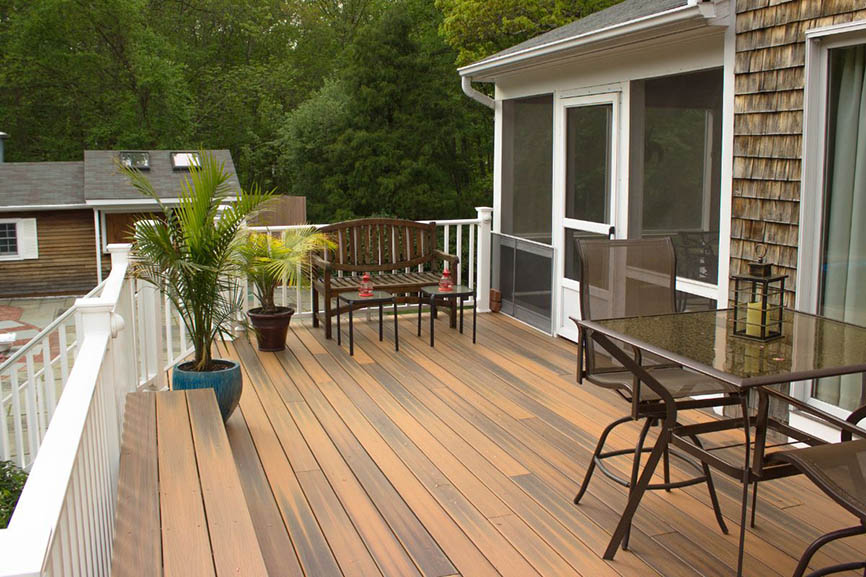 |
| Every time you set foot on your deck, it should feel like your special sanctuary. The boards and finishes you select should reflect your vision for your outdoor space. What can be added to make this space uniquely yours? Whether it’s the natural look of wood that offers a classic appeal or composite materials that provide a modern touch with low or no maintenance, the right decking material can transform your backyard into a paradise for relaxation and parties. Let’s explore how choosing the right materials can enhance both the appearance and functionality of your home, complementing the style you want to achieve in your house and lifestyle. |
| 1. Understanding Your Outdoor Space Needs |
| The specific needs of a particular area outside the building should also be well assessed when selecting the material to use in decking. There is also the issue of climate, with heavy rains, strong sunlight, or heavy snowfalls each affecting what choice you will make. For instance, the regions with high moisture content that are dreadful for wooden products are perfect for using composite materials such as composite decks that prove to be more resistant to rotting and mold when compared to regular wood.
|
| The last factor that should not be overlooked is the availability of the deck to sunlight. Fabrics that easily shrink or become hot to the touch might not be a good choice for areas that are exposed to the sun while those that are UV-protected, and in light colors will not compromise the surface’s durability and temperature. Furthermore, the activities which are expected to occur in the deck whether in the future solitary afternoon or a family barbeque will dictate the size of the deck as well as the types of material to be used. Selecting recreational flooring is therefore about the navigation of these functions about the intended look to make a usable and comfortable area. |
| 2. The Spectrum of Decking Materials |
When selecting the material to be used in building the decking, it is instrumental to decide on the most suitable one that will enhance the outlook of the built structure, resist external factors, and require minimal maintenance. Here's a breakdown of the most popular materials available:
|